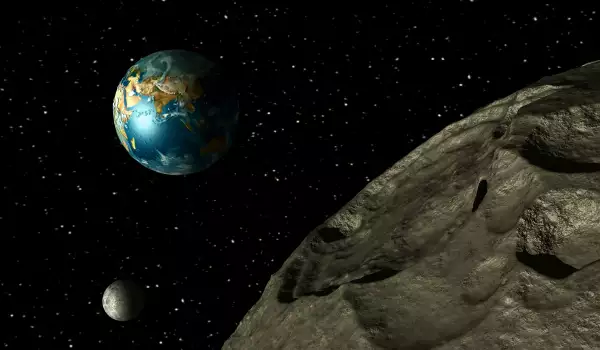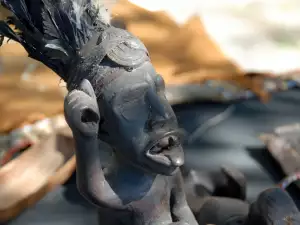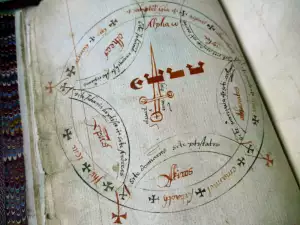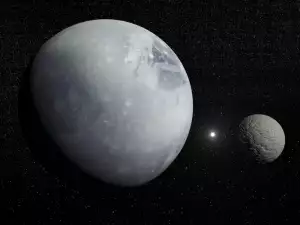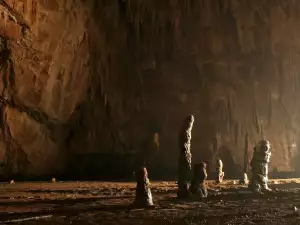At 16:03 GMT on November 12th, 2014, the Philae probe completed its touchdown on the surface of the Comet 67P/Churyumov–Gerasimenko.
The historical landing was announced by Director General of the European Space Agency, Jean-Jacques Dordain after a 7 hour wait for the probe to attach itself to the comet.
"This will give scientists the opportunity to study the comet up close while hitching a ride on it."
But there are still doubts as to the signals being received, which means that the Philae probe is not well attached to the surface of the celestial body and certain adjustments need to be made.

During the ESA's press conference, it was announced that the landing operation might need to be carried out again to ensure that the Philae is well attached and can begin work.
The mission, called "Cosmic Archaeology", began as early as 2004 with the launch of the Rosetta probe. The mission's goal is to uncover the secrets of the Universe by studying the comets that are thought to be some of the primary remains from the formation of the Solar System 4.6 billion years ago.
Samples taken from the comet 67P/Churyumov–Gerasimenko are supposed to reveal details surrounding the formation and development of the Earth and other planets from our Solar System.
The Philae probe has 10 systems and instruments, spectrometers, cameras and other high-tech equipment at its disposal, with which to study the core of the comet in detail.
The mission of the comet landing was long and carefully prepared by the European Space Agency, with scientists focusing on the final result of the operation and not so much on its spectacular presentation, as was the case with the Mars landing in 1976.
This unique mission is being carried out for the 1st time in the history of space research. The probe landed at a distance of 511 million kilometers (317 million miles) from Earth.
Photographs, the first gas and particle samples from the comet are soon expected to be sent by Philae.
